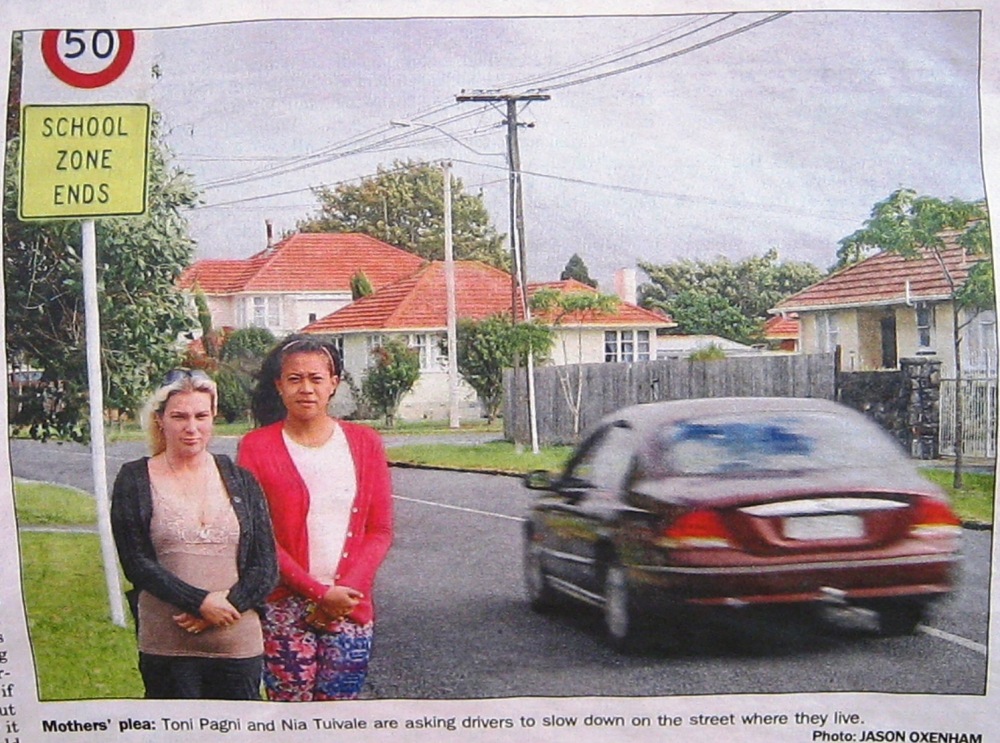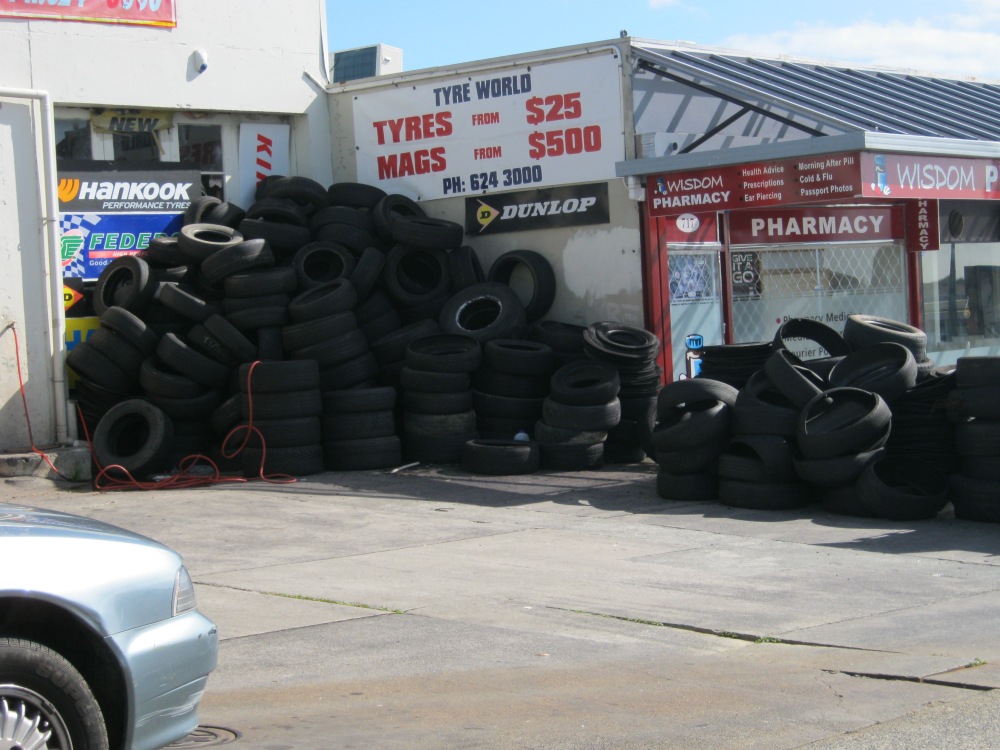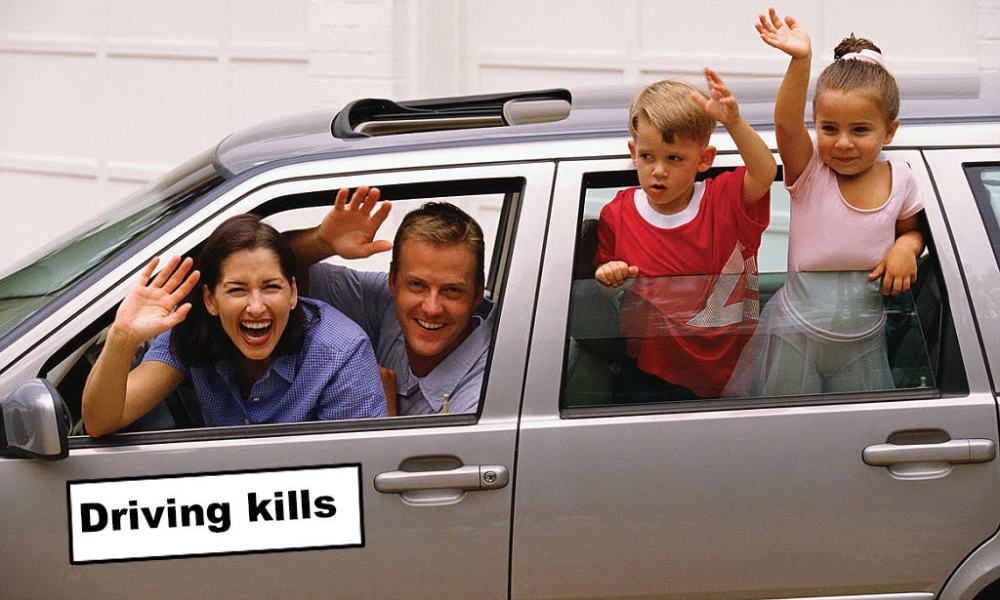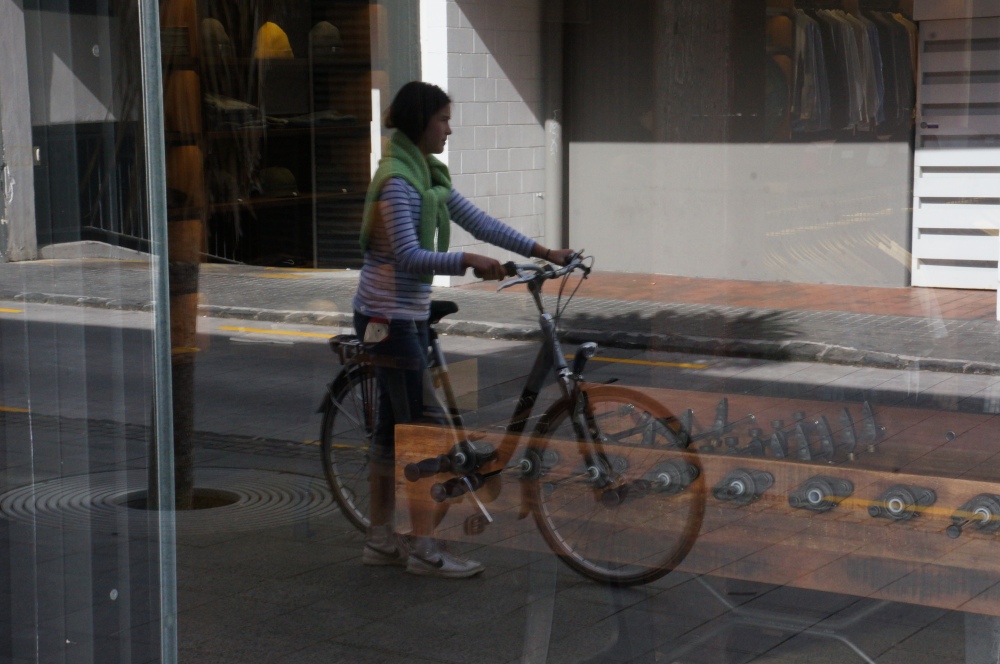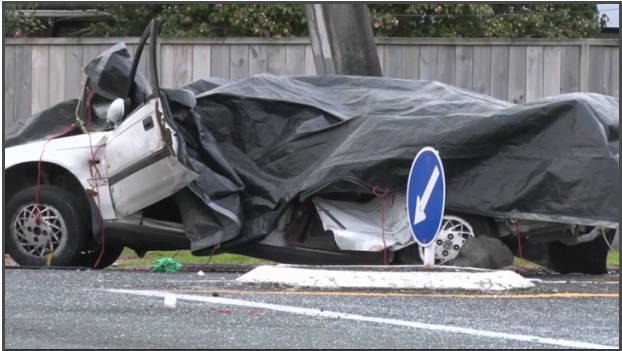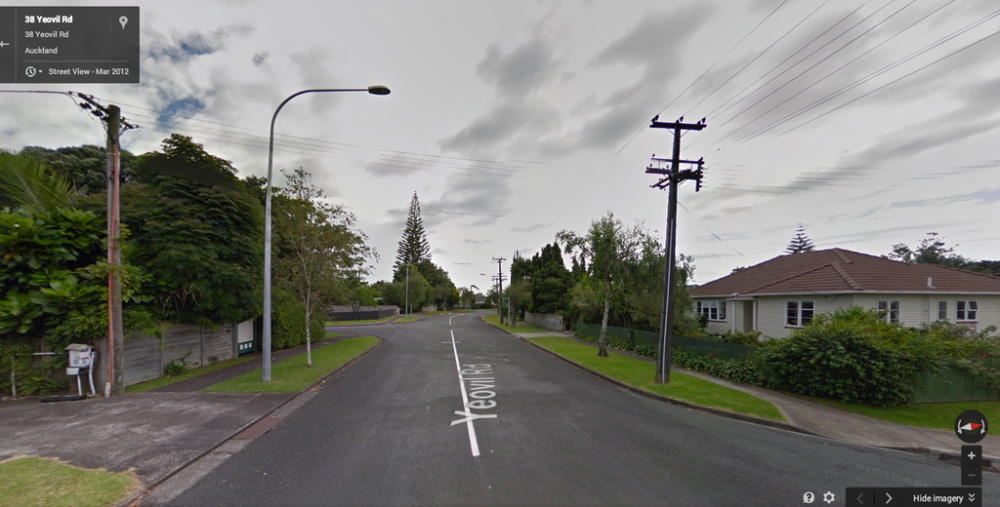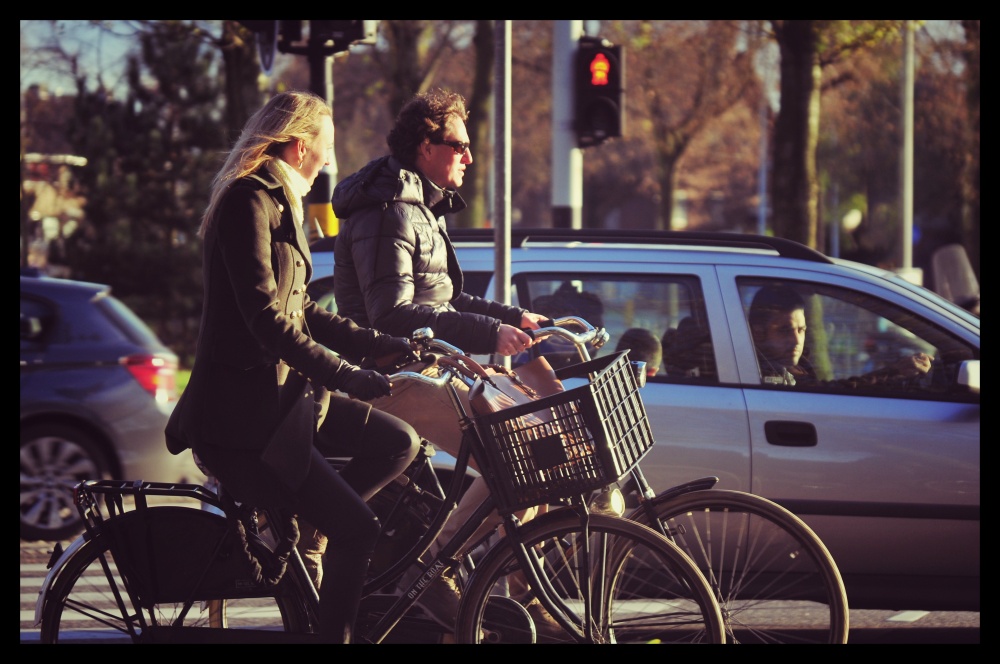
Not a cyclist
Dear Wheeled,
I am a cyclist and an all-round nice guy. I want to be able to ride to my job in the city safely but they won’t build any separated cycle paths. Cycling is great. Everyone should be doing it. What do we have to do to get some quality cycle paths around here?
Regards,
A. Cyclist
Dear A. Cyclist,
I sympathise with your situation. It may be reassuring to know that you are not the only one struggling with this issue. This plays out in almost every city in the World. If we look closely at those cities that have high rates of cycling, we can see that not only do they have separated cycle paths, they have managed to create an overall transport environment that prioritises moving of people ahead of the moving of cars. This environment makes the city a more pleasant and easier place to move around for all its residents. In this kind of environment, the car is a guest and invited in under very strict conditions and requirements. This could not be any more different to how other cities treat cars. Cycling is given priority because it is proven to be such an efficient and sustainable form of transport. And most importantly, it has the ‘buy in’ of the general population. Cycling flourishes in cities which have a strong social contract like this.
But we have to remember that this is very forward thinking and did not come about by accident. Politicians rarely act unilaterally. They need to know that their actions will be supported by the voting public. The catalyst for this new transport environment came about as a result of some serious campaigning. You may have heard about the Dutch ‘Stop the Child Murder’ campaign. What distinguishes that campaign from what we see in non-cycling friendly cities is that that campaign had the backing of a large and broad representation of the population. It obviously also helped that there was already a lot of utility cycling taking place in The Netherlands.
Creating space on the street is a piece in the puzzle of ‘how’ to get people on bikes. But it doesn’t tell the ‘why’. Campaigning solely for separated cycle paths fails to tell a compelling, convincing or inclusive story.
Clearly, the city in which you live, does not have a similar broad based support for cycling. In fact I suggest that rather than just being ambivalent, there is a downright animosity towards cycling in your city. That’s what this research seems to confirm. Motorists just don’t ‘get’ cyclists. And while this scenario prevails, while there is so little support for cycling or cyclists, it’s unlikely that any significant number of separated cycle paths will be built. You may also find that if they do get built, they will be under-utilised and be at risk to #bikelash. Having the moral entitlement to be on the road with motorists isn’t worth much at this point. Sure, there is room for an emotional argument, but it needs to presented carefully, appropriately.
Well designed separated cycle paths may encourage people to ride bikes, but what strategies are being employed to get those desired cycle paths built?
I fear that making requests solely for separated bike lanes at this particular stage of the evolution, may be a strategy of limited value. If the public hate cycling, then that needs to be addressed. Specific strategies need to be employed for this purpose. An image of cycling needs to be presented that is broad, relevant and inclusive. You need to be very clear about the image of cycling you want to present. Not for cyclists like you and I. We know the distinction. But for the 99%. The non-cycling public. Mostly, they are only exposed to sports and recreational cycling with high doses of hi-viz, lycra and helmets.
An alternative needs to be provided. Differentiate recreational and sports cycling from the #wheeledpedestrian variety – slow, easy, comfortable, utility, urban, short distance – and keep repeating this with images and words, ad nauseum. It is this type that will have the widest appeal and outreach.
It will take more than well designed separated cycle paths to encourage people to ride bicycles. Slower car speeds would improve real and perceived safety for everyone too.
I also recommend that you campaign under a banner of safe streets for everyone. Once again, bringing it back to an issue of inclusivity. You need to avoid being seen by the public as a special interest group. That outlier label is going to be a difficult one to kick. You don’t want to make it any easier for those motorists to hate on you. It is not only motorists either. It always pains me when I see pedestrian advocates firing barbs at cyclists who ride on the footpath but somehow manage to sidestep the reality of the caroverkill situation and how it has arisen.
Mikael at copenhagenize regularly tells us how to build the cycling infrastructure but I am not sure if he has told us yet about how to build the political will. Or maybe he has, but we have just failed to hear to him.
It’s not an anti-motorist stance, but it is the car that is hogging all the space in our cities. It is the promotion of the car as the singular transport solution that is the cause of all the mayhem and destruction. Of course, it will not make you very popular to challenge the status-quo, but there are precedents. Are you aware of #VisionZero and similar campaigns? And there is no need to take it personally. Decades of policy settings have set up driving to succeed. Motorists are simply responding to behaviour cues. Try taking cigarettes off an addicted smoker. Try taking a car space away from a retailer’s front door. Same issue really.
At the moment, campaigning resembles a one sided monologue between cyclists and politicians with the politicians simply covering their ears with their hands.
Finally, an effective advocacy organisation is one that is financially independent and employs the people with the right skills. Effective campaigning would engage the wider public in a proactive way and be based around themes of –
- presenting a vision of a city that provides a wide range of financially and environmentally sustainable transport options that are safe, easy and convenient,
- presenting cycling as an effective transport solution; as an option that is safe, easy and convenient.
You’ll recognise it when you see it.
